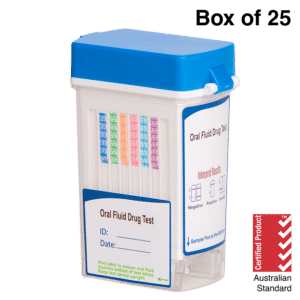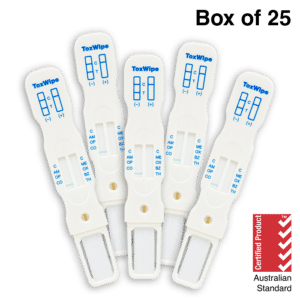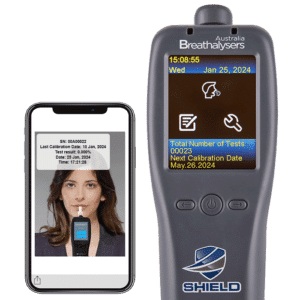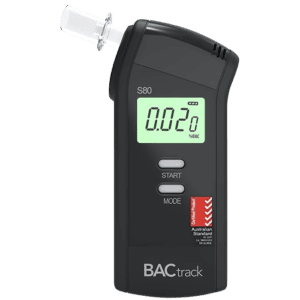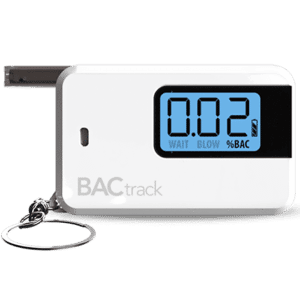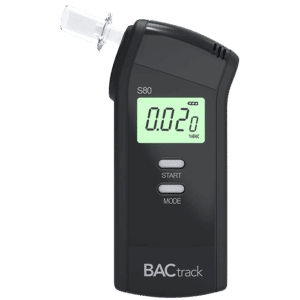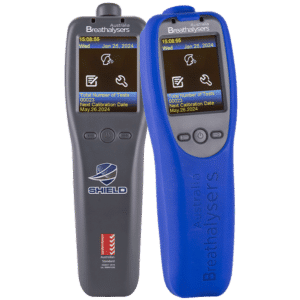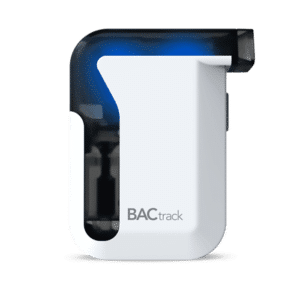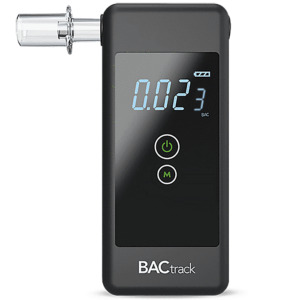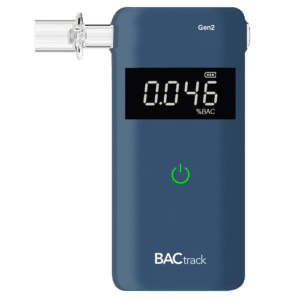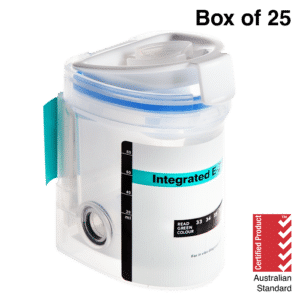FAST Alcohol Screening Test: Definition and How to Conduct
05 February, 2024

The Fast Alcohol Screening Test (FAST) is a simple and efficient tool to quickly assess the alcohol consumption patterns of individuals. It aims to determine hazardous drinking behaviour and identify potential alcohol-related problems. The FAST screening test consists of a few questions, making it easy to administer, especially in a busy medical setting. A health professional asks the patient questions and tallys the points to determine the results. It can indicate hazardous and non-hazardous alcohol use.
Determining Alcohol Use Disorder (AUD) or history of alcohol dependence is important in order to provide appropriate treatment. It can help not only the individual but ensure the safety of communities, such as public areas and workplaces. Thus, early detection and prevention is crucial. Through screening questionnaires for alcohol intake, practitioners can develop an intervention plan. The following sections will explore the definition of the test, how to conduct the screening, and how to deal with the results.
What is a FAST Alcohol Screening Test?
The FAST alcohol screening test is a simple assessment tool to monitor if a person has harmful drinking habits. It consists of a subset of questions from the Alcohol Use Disorders Identification Test or AUDIT. It includes the frequency of drinking in the past year and the amount consumed on a typical drinking day. In addition, it covers the difficulties in controlling alcohol intake and any alcohol-related issues.
The results can gauge heavy drinking tendencies and determine potential alcohol-related harm, such as health problems and alcohol dependence. However, it is important to note that FAST is a screening for alcohol misuse but not a complete diagnostic tool. It is a way to identify the level of risk for individuals who may need further clinical assessment.
There are many reasons for using the alcohol screening tools. One is in workplaces to identify employees who may be struggling with dependent alcohol usage issues. Another is in legal settings to help settle marital or custody cases in the context of alcohol use and disorders. Additionally, it is vital in medical care settings to identify who may require treatment services.
Benefits in Primary Care Settings
- The alcohol screening tool helps identify problematic alcohol usage of a person or the level of risk of alcohol harm.
- Allows health practitioners a fast alcohol and health risk screening in emergency situations and to take appropriate actions.
- The questionnaires provide a structured and standardised approach to assess the levels of alcohol use.
- It is an efficient method to screen for alcohol misuse in clinical or community settings. It can also be easily administered.
- Early identification of alcohol disorders can prevent the condition from escalating and other consequences of alcohol misuse.
- Provides a stepped care intervention in rehabilitation or medical care settings.

How to Conduct the FAST Alcohol Screening Test
Conducting the FAST alcohol screening test is relatively quick and simple. When starting, introduce the purpose of the test and the implications of the results. It is vital that the responses of the primary care patients will be kept confidential. Next, ask the questions according to the directions of the test.
The first question involved whether the individual has had any alcohol to drink in the past year. If they answered “Yes”, proceed to the next step. If they respond “No”, there is no need to continue. Additionally, inquire about the number of standard drinks they consume on a typical drinking day. Finally, ask if they have any experience of alcohol-related harm.
If the FAST score is positive, it may indicate unhealthy alcohol use patterns. The administrator may proceed with the rest of the AUDIT questionnaire to obtain a more comprehensive background. Therefore, it can provide a formal assessment and basis for the rate of alcohol consumption. It can also increase awareness if a person needs to make lifestyle changes to reduce their risk of alcohol harm.
Scoring System
The FAST screening questions are answerable by multiple choice. Primary care patients can select the answer that is true or closest to their situation. In addition, the answers to each question correspond to certain points. An overall total score of three or more on the first or all four questions is FAST positive.
Positive results indicate that the individual may have problematic alcohol usage patterns and may require further evaluation or diagnostic assessment. Furthermore, a positive result can categorise the levels of risk-related alcohol usage. It can range from low-risk to high-risk drinking, which suggests abuse or dependence on alcohol.

What Happens After a Positive FAST Alcohol Screening Test Result?
After a positive FAST alcohol screening test result, a healthcare provider may require a more comprehensive evaluation. A full AUDIT test can also determine impaired control over drinking. It is important for healthcare providers to follow up with formal assessments and support services based on the screening results.
Aside from the AUDIT alcohol consumption questions, diagnostic assessments like laboratory testing. It may include alcohol laboratory testing, such as urine, blood, or hair tests. These methods can detect alcohol use over a certain period. In particular, a hair follicle test can trace alcohol metabolites for the past 90 days. Thus, it can help determine a history of alcohol dependence.
Moreover, the Gas Chromatography and Mass Spectrometry (GC MS) test can provide a detailed analysis of alcohol levels. The GC MS technique is considered the gold standard in forensic testing and has high accuracy in alcohol use detection. Once an individual is confirmed to have an alcohol disorder, a provider may refer to rehabilitation and treatment services.
Treatment Programs and Resources
Healthcare facilities may utilise a stepped-care model to treat different degrees of alcohol usage. Low to moderate-risk drinkers may benefit from brief interventions, which can include counselling sessions or self-help resources. These interventions aim to increase awareness of the potential alcohol-related harm and provide strategies for reducing hazardous drinking.
Hazardous drinkers may need more intensive treatment services. These can include inpatient rehabilitation, detoxification, medication-assisted treatment, and behavioural therapies. Health providers can help determine the risk factors that lead to unhealthy alcohol consumption. A combination of approaches can help address both the physical and psychological aspects of alcohol disorders.
Conclusion
The FAST alcohol screening test is an efficient method to assess the level of alcohol use. It is an abbreviated version of the AUDIT questionnaire designed to give a quick screening for alcohol use in a busy medical setting. The questions include the rate of alcohol consumption and any negative consequences of drinking. Additionally, the result can indicate hazardous and non-hazardous alcohol use. If a person has harmful drinking behaviour, a health professional may recommend further assessments and intervention programs.
Medical care settings offer a stepped care model in treating various degrees of alcohol usage. The treatment services may include counselling, medications, and behavioural therapies. Ultimately, the goal of screening for alcohol misuse is to identify problematic alcohol usage and develop a plan to prevent the problem from escalating. This alcohol screening tool can also provide valuable information for future research considerations on the appropriate level of care and support for individuals with alcohol dependence.















